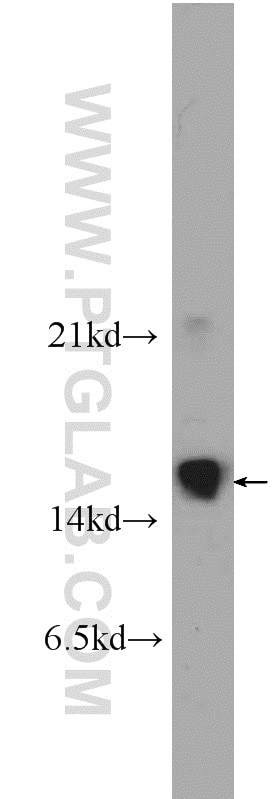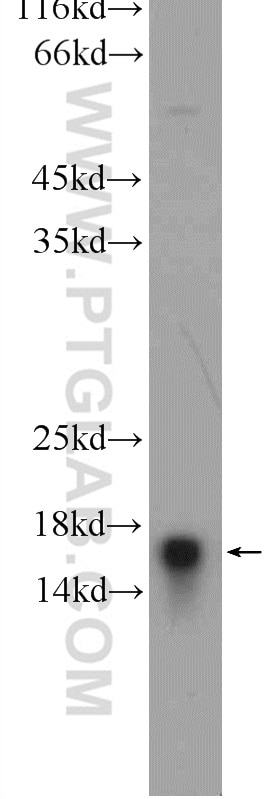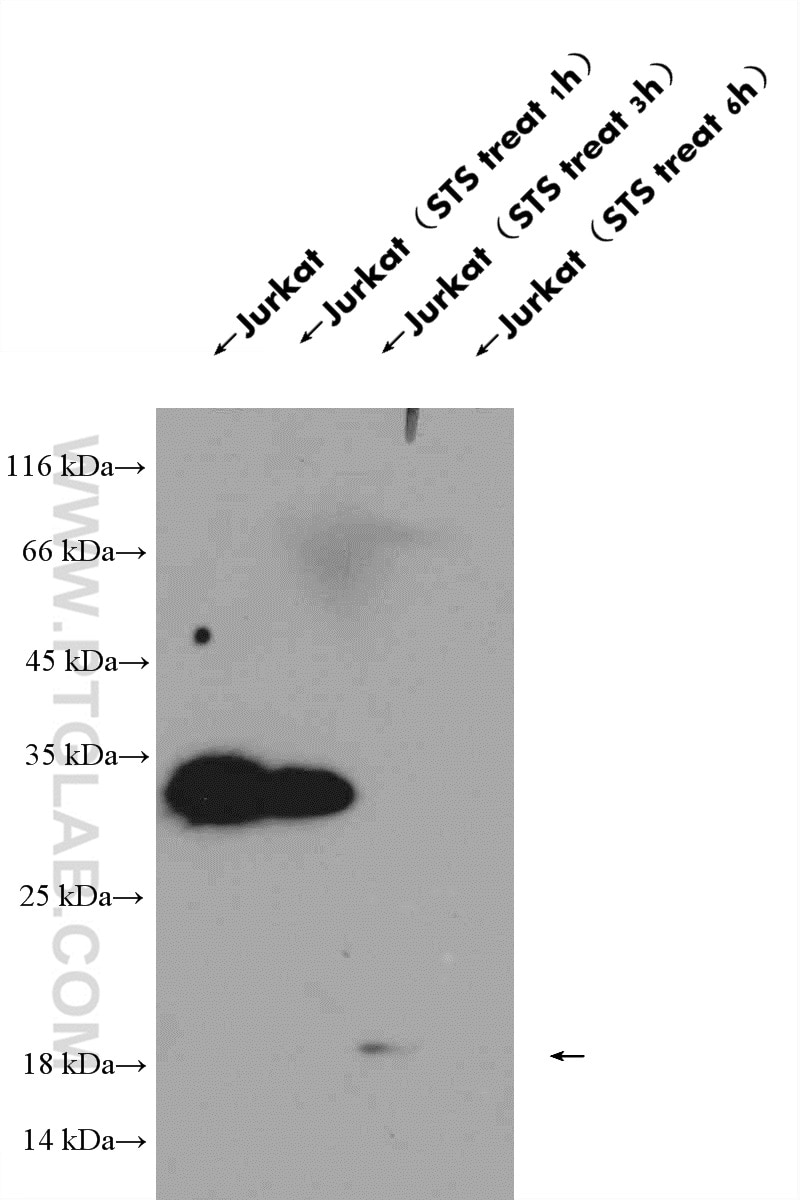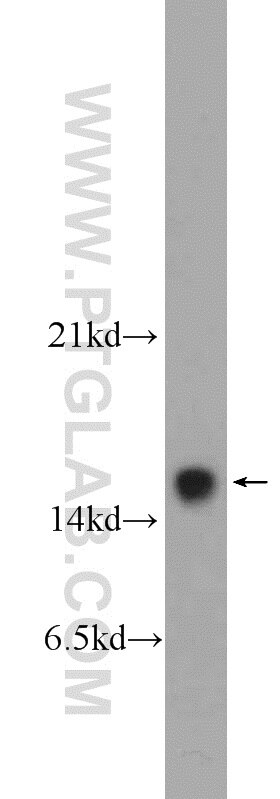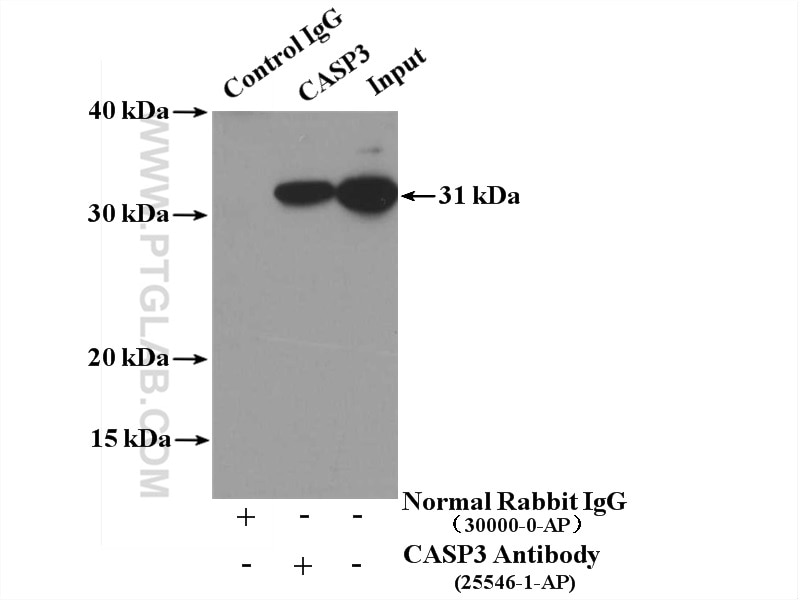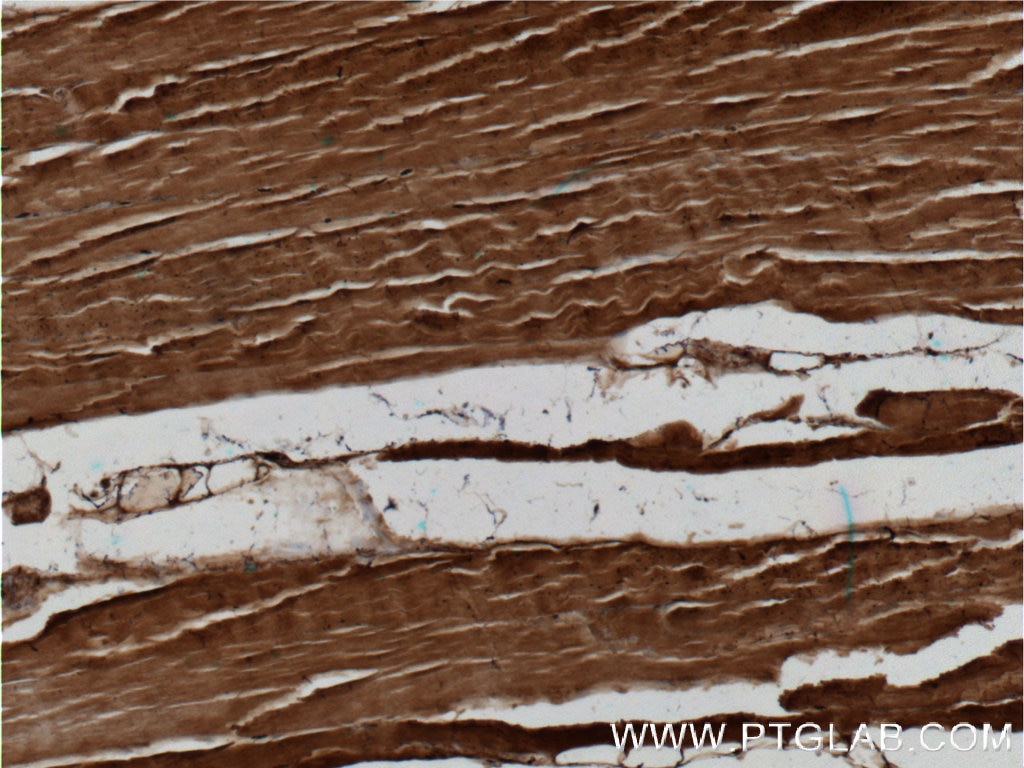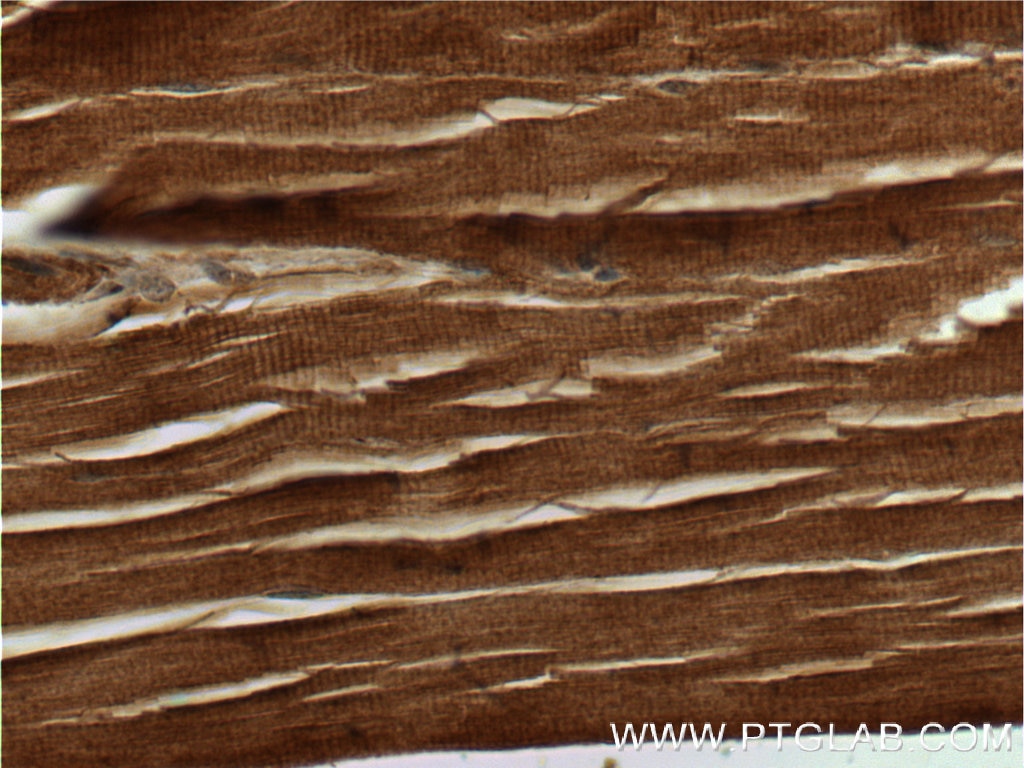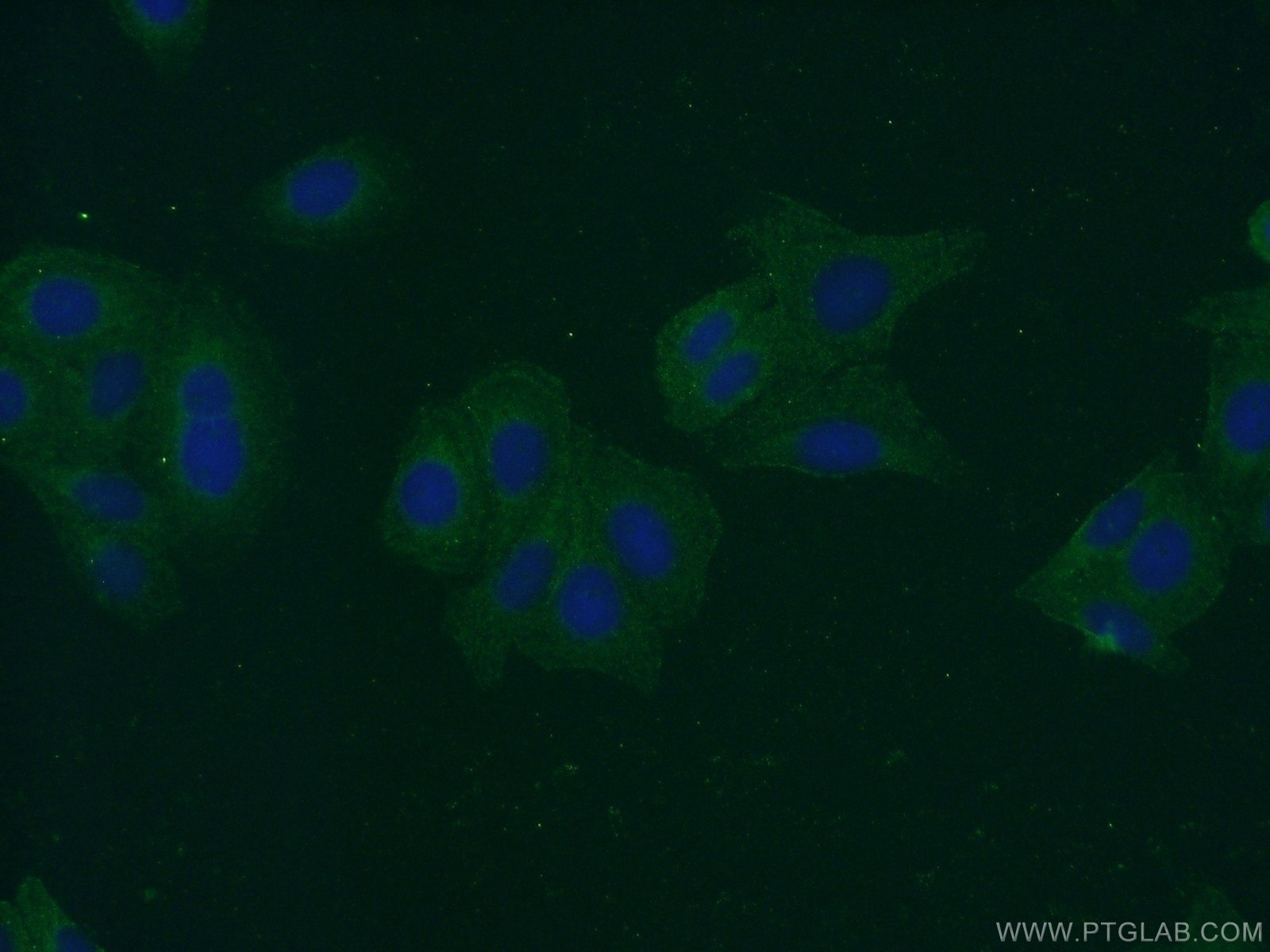Anticorps Polyclonal de lapin anti-cleaved-Caspase 3
cleaved-Caspase 3 Polyclonal Antibody for WB, IP, IF, IHC, ELISA
Hôte / Isotype
Lapin / IgG
Réactivité testée
Humain, rat, souris et plus (1)
Applications
WB, IHC, IF/ICC, IP, ELISA
Conjugaison
Non conjugué
N° de cat : 25546-1-AP
Synonymes
Galerie de données de validation
Applications testées
| Résultats positifs en WB | cellules HepG2 traitées à la tunicamycine, cellules HeLa traitées à la tunicamycine, cellules Jurkat traitées à la staurosporine |
| Résultats positifs en IP | cellules Jurkat |
| Résultats positifs en IHC | tissu de muscle squelettique humain il est suggéré de démasquer l'antigène avec un tampon de TE buffer pH 9.0; (*) À défaut, 'le démasquage de l'antigène peut être 'effectué avec un tampon citrate pH 6,0. |
| Résultats positifs en IF/ICC | cellules HepG2 |
Dilution recommandée
| Application | Dilution |
|---|---|
| Western Blot (WB) | WB : 1:500-1:1000 |
| Immunoprécipitation (IP) | IP : 0.5-4.0 ug for 1.0-3.0 mg of total protein lysate |
| Immunohistochimie (IHC) | IHC : 1:20-1:200 |
| Immunofluorescence (IF)/ICC | IF/ICC : 1:20-1:200 |
| It is recommended that this reagent should be titrated in each testing system to obtain optimal results. | |
| Sample-dependent, check data in validation data gallery | |
Applications publiées
| WB | See 114 publications below |
| IHC | See 10 publications below |
| IF | See 5 publications below |
| FC | See 1 publications below |
Informations sur le produit
25546-1-AP cible cleaved-Caspase 3 dans les applications de WB, IHC, IF/ICC, IP, ELISA et montre une réactivité avec des échantillons Humain, rat, souris
| Réactivité | Humain, rat, souris |
| Réactivité citée | rat, Humain, souris, Hamster |
| Hôte / Isotype | Lapin / IgG |
| Clonalité | Polyclonal |
| Type | Anticorps |
| Immunogène | Peptide |
| Nom complet | caspase 3, apoptosis-related cysteine peptidase |
| Masse moléculaire calculée | 32 kDa |
| Poids moléculaire observé | 17 kDa |
| Numéro d’acquisition GenBank | NM_032991 |
| Symbole du gène | Caspase 3 |
| Identification du gène (NCBI) | 836 |
| Conjugaison | Non conjugué |
| Forme | Liquide |
| Méthode de purification | Purification par affinité contre l'antigène |
| Tampon de stockage | PBS with 0.02% sodium azide and 50% glycerol |
| Conditions de stockage | Stocker à -20°C. Stable pendant un an après l'expédition. L'aliquotage n'est pas nécessaire pour le stockage à -20oC Les 20ul contiennent 0,1% de BSA. |
Informations générales
Caspase 3, also named CPP32, SCA-1, and Apopain, belongs to the peptidase C14A family. Caspase 3 is involved in the activation cascade of caspases responsible for apoptosis execution. At the onset of apoptosis, it proteolytically cleaves poly(ADP-ribose) polymerase (PARP) at a '216-Asp-|-Gly-217' bond. Caspase 3 cleaves and activates sterol regulatory element binding proteins (SREBPs) between the basic helix-loop-helix leucine zipper domain and the membrane attachment domain. Cleaves and activates caspase-6, -7, and -9. CASP3 is involved in the cleavage of huntingtin. The antibody can recognize active-caspase 3.
Protocole
| Product Specific Protocols | |
|---|---|
| WB protocol for cleaved-Caspase 3 antibody 25546-1-AP | Download protocol |
| IHC protocol for cleaved-Caspase 3 antibody 25546-1-AP | Download protocol |
| IF protocol for cleaved-Caspase 3 antibody 25546-1-AP | Download protocol |
| IP protocol for cleaved-Caspase 3 antibody 25546-1-AP | Download protocol |
| Standard Protocols | |
|---|---|
| Click here to view our Standard Protocols |
Publications
| Species | Application | Title |
|---|---|---|
Sci Adv The deacetylation-phosphorylation regulation of SIRT2-SMC1A axis as a mechanism of antimitotic catastrophe in early tumorigenesis. | ||
Autophagy Increased mitochondrial fission promotes autophagy and hepatocellular carcinoma cell survival through the ROS-modulated coordinated regulation of the NFKB and TP53 pathways. | ||
Diabetes MICU1 Alleviates Diabetic Cardiomyopathy Through Mitochondrial Ca(2+)-dependent Antioxidant Response. | ||
PLoS Biol The Machado-Joseph Disease Deubiquitinase Ataxin-3 Regulates the Stability and Apoptotic Function of p53. | ||
Biol Res MicroRNA-1247 inhibits cell proliferation by directly targeting ZNF346 in childhood neuroblastoma. |
